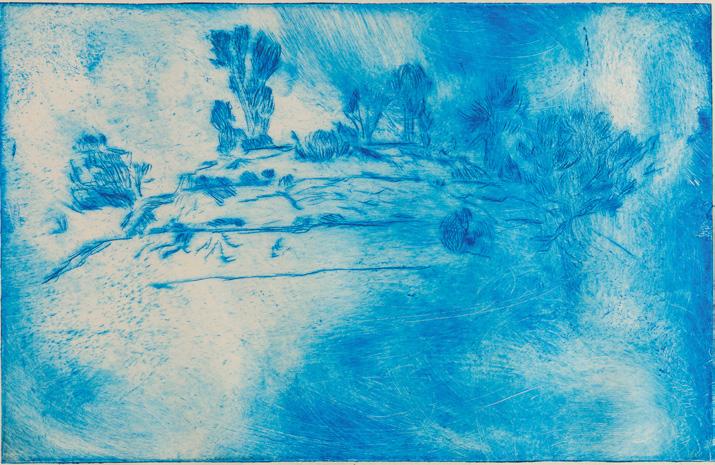
1 minute read
Preface
Christopher Moule (CR, Head of Academic Scholars, Head of History)
This collection of essays seeks to link our great College, our town (Sorley’s ‘little red-capped town’), our grand and evocative surroundings, and the distinctive rock beneath. Marlborough Chalk refers both to this rock and to pedagogy – the chalk of the classroom. This project follows two publications that were created in lockdown: one about lockdowns and isolation, and one about Beethoven, a universal genius. So this particular collection is far more local, and – after those world-wide studies which were created by a community made disparate by the crisis –represents a sort of homecoming.
It has been authored by several academic scholars (all from the Shell, Remove or Lower Sixth), who have demonstrated the immense variety of what such localised study can yield. Some have written about the physical and chemical properties of chalk, and of its uses. Others have studied the ancient monuments, the poetry or the culture of the area; this contrasts with chalk’s appearance and uses in other parts of the world. Some have written on structures at the College, or on OMs. For some, there are directly personal connections: one scholar has written about how Marlborough College has changed over the five generations that her family has attended it; and one has commented on a variety of extraordinary links between the College and his country, Russia.
There’s a peculiar and exceptional character to Marlborough – the College and its landscape – captured wonderfully (and variously) by its poets and writers. Several of our pupil authors enjoy regular trips to explore the downland and its great places; there is a scholarly club committed to such exploration, following in the tradition of the College’s antiquaries and natural historians of the nineteenth century. The Neolithic barrows and temples, the Celtic hillforts, the broad gallops, the ancient woods and the red villages bounded by those rare chalk streams (Kennet and Og) have doubtless fed the particular genius loci of the College, and shaped its character and qualities.
There is infinite scope and it’s obvious that this is a highly partial exercise; there’s so much more to say! But I hope the articles inspire people to think again about what a remarkable place this is.
Many thanks go not only to the contributors, but also to Jackie Jordan (Head of Marketing and Communications), who helped to drive this project: the style, format and appearance of the finished work has been hugely influenced by her and I’m extremely grateful.










